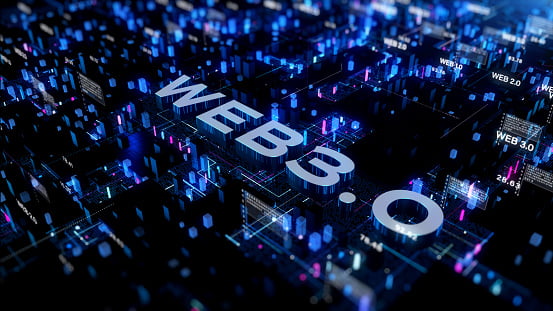The Internet plays a vital role as it revolutionizes the communication world to another level. It connects with various people and shares information to build a strong connection. With the generation gap, the Internet also blooming in the market with greater innovations. It grows in different phases over the years since the time it was created.
It introduced three phases i.e web 1.0, Web 2.0, and Web 3.0 technology. These three phases completely change the pace of the industry and make a better world with better thinking. As it is already clear that web 2.0 and web 3.0 is the advanced version of Web 1.0. There are some shortcoming that has to be fulfilled. So, these two latest versions came into the industry to overcome the problems faced by real-time users.
As we know, Web 1.0 is responsible to get information from all over the world. But it does not provide a feature to interact with users worldwide. So, to fulfill this feature there is the emergence of web 2.0. So, let’s understand Web 2.0 technology.
Web 2.0
The second generation of Web 2.0 allows users to interact with web content. It usually focuses on user-generated content as well as the usability of the end-users. You can easily interact with the target audience and serves social media platform via the internet.
It comes with videos, graphics as well as static websites that contain information related to users. It interacts between the users using P2P transactions so that they stay connected to each other and perform the operations appropriately.
But still, Web 2.0 comes with several shortcomings it does not provide a suitable means for user privacy and security which will affect the growth of the organization. So, a new version was introduced i.e Web 3.0 which fulfills the need and requirements of the user.
Web 3.0
Web 3.0 is one step forward than 2.0. It provides encryption methods for the users to secure their communication platform. It provides a decentralized network that enables multiple users to access the data. With Web 3.0 Technology, the information can be stored in many locations simultaneously for high accessibility and enable the users to have proper control over it.
It involves the semantic Web which is an extension of the World Wide Web (WWW). Its goal is to make the internet data readable to the target audience. Many Web 3.0 companies gain popularity by creating great systems for users to grow positively and accept new challenges that will surely fulfill the needs of the target audience.
Advantages of Web 3.0 Over 2.0
Web 3.0 is a more advanced version of the internet and is comparatively more beneficial than Web 2.0. So, here are the advantages of Web 3.0 over Web 2.0.
- The application used in Web 2.0 is simple web applications while Web 3.0 comes with advanced applications like Artificial intelligence and Machine Learning.
- Web 3.0 is a second-generation and enhanced version of the Internet that focuses on analysis and efficiency.
- Its main focus is to connect people on large scale but Web 3.0 empowers trust, security, and privacy among the users to share the data without any hassle.
- With Web 2.0, you can read & write the content as it does not provide the access to protect it from unwanted users. Web 3.0 will be able to search information more efficiently and provides complete security over the content.
- Web 2.0 provides a centralized network that contains a single database and the information is shared with one person at one time. While Web 3.0 comes with a decentralized network that distributes work among several machines instead of relying on a single server.
- The transactions made by Web 2.0 is not encrypted and simply issued by govt but Web 3.0 provides encryption methods to securely make payments and keep yourself financially safe.

